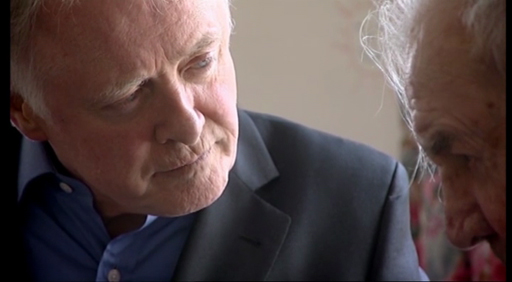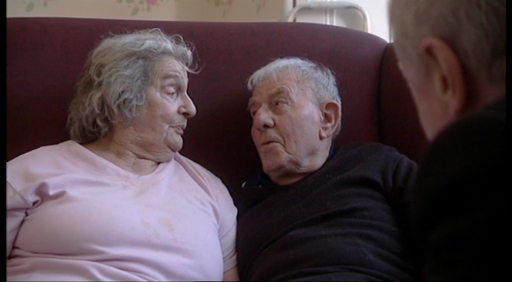1.2 Balancing risk with well-being
Graham (2016) argues that mental capacity legislation is increasingly used for its safeguarding measures, ‘inasmuch that people are often assessed in relation to health and social care outcomes when elements of risk to the person are deemed to be present … the ability to make a decision is a central tenet to well-being in older adults’ (Graham, 2016, p. 152). This suggests that, in the care of older people who may lack mental capacity, safety is commonly prioritised over personal preferences and choices, especially when they want to make what may seem to be an unwise decision.
The person assessing the capacity of the older person to make a decision must make sure that disagreeing with the person’s choice is not interpreted as meaning that the person lacks capacity. A balance must be struck between what may be in a person’s best interests, especially in terms of their safety, and allowing the person to make their own decision.
One important part of undertaking a capacity assessment of an older person is to understand the narrative about how they have lived their lives. The unique ‘story’ for each person contains clues that give both context to their current choices and evidence of previous decision making. It can reveal what they think contributed to their well-being in the past.
Mental capacity legislation incorporates and celebrates these person-centred approaches, but in the daily realities of providing care, especially when a person’s mental capacity is generally poor or fluctuates (as is commonly the case with dementia), sometimes the ‘person’ themselves can become lost. This is a particular risk in residential care, where the many organisational and administrative tasks demanded of staff can divert attention away from person-centred relationships. You see a glimpse of this in the next activity.
Activity _unit8.1.2 Activity 2 Capacity in residential dementia care
Watch the video below which is a clip from the 2009 BBC series Can Gerry Robinson Fix Dementia Care Homes?
In the video, Gerry Robinson – a management guru with a wealth of business experience – visits a residential care home for older people with dementia in Torquay. Gerry attempts to engage with the residents but is alarmed to find that the range of activities in the home is very limited and apparently driven more by institutional routines than the expressed choices of the residents.

Transcript: The lack of activity in residential care for older people
List the ways in which it might be possible to engage more successfully with the residents in this home. Try to think of ways of ensuring that any decisions are based on the best possible opportunity for residents to express their views and wishes. Make notes in the box below.
Now watch the video below, another clip from the same series, which gives a more positive picture.

Transcript: Residential care for older people: some positive experiences.
How might the care arrangements in this home make it easier to make a more accurate assessment of the capacity of the older people compared to those in the first video? Make notes in the box below.
Comment
In the first video, the residents have very little to occupy themselves and are not very engaged with either the staff or each other. Gerry Robinson hinted that this might be related to the institutional need to prioritise safety above the quality of people’s lives. The staff may also not be aware of the variety and richness of the backgrounds of the residents, which makes it even harder for the staff to engage with them.
The exception seems to be Daisy, shown at the beginning of the second video. Daisy’s husband Don maintains substantial daily care and commitment, keeping her connected and contented. The residential home in Warwickshire, in contrast to the first home, showed staff and residents collaborating to run the home together, providing structure and ‘order’ reflecting the needs and rhythms of the residents, rather than of the managers and staff. This makes good business sense as well as emotional sense, creating a place where residents and staff want to be.
In the next section, you will consider more particularly issues of decision making and older people.
